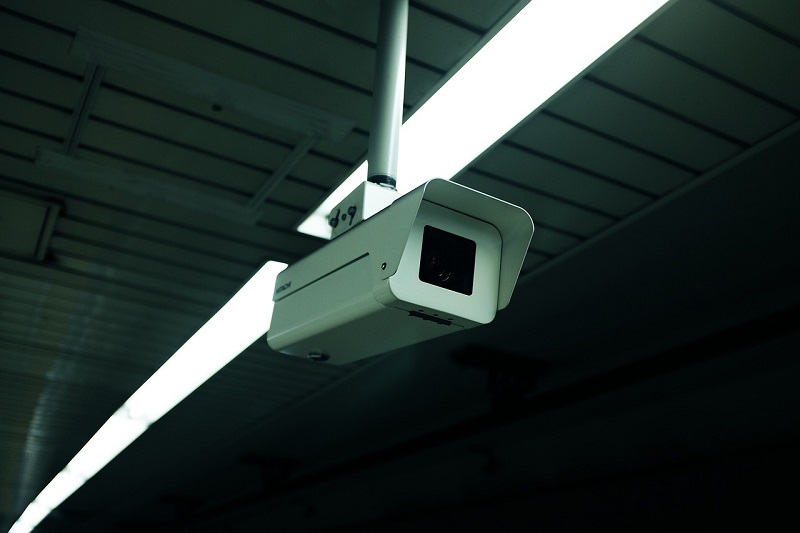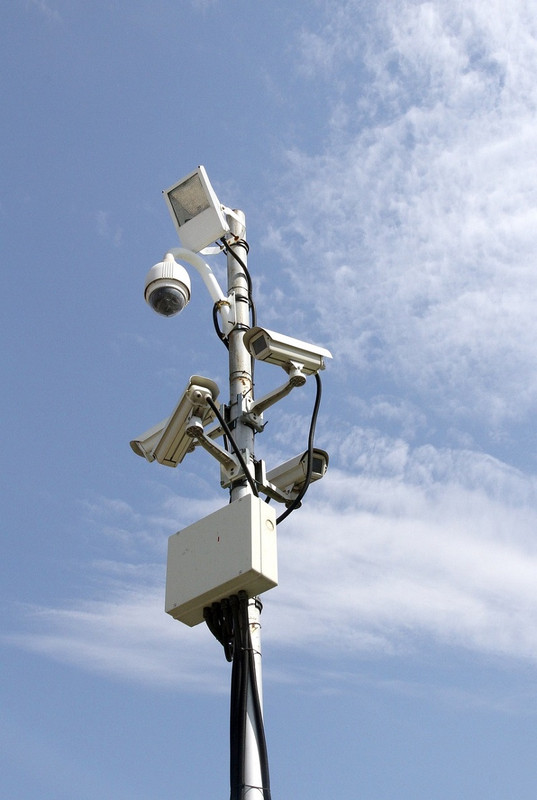10 Tips for Getting the Most Out of NDAA Compliant CCTV Systems
June 16, 2023NDAA compliant CCTV systems are becoming increasingly important for businesses and organizations across the United States. The National Defense Authorization Act (NDAA) is a federal law that governs the budget and expenditures of the Department of Defense, and it has implications for the security camera industry. In recent years, NDAA has included provisions that ban the use of certain security cameras and components from specific manufacturers, due to concerns about potential cybersecurity risks and national security threats. As a result, it's more important than ever to ensure that your security camera system is NDAA compliant. In this article, we'll share 10 tips for getting the most out of your NDAA compliant CCTV system.
Understanding NDAA Compliance
Before you can get the most out of your NDAA compliant CCTV system, it's important to understand what the NDAA compliance requirements are and how they affect your security camera choices. The main provisions of the NDAA that impact security camera systems are Sections 889 and 1655, which ban the use of certain security cameras and components from specific manufacturers, including Hikvision and Dahua. To ensure your system is NDAA compliant, you'll need to choose security cameras and components from manufacturers that are not subject to these bans.

Choosing the Right NDAA Compliant Security Cameras
When selecting NDAA compliant security cameras, it's essential to consider factors such as camera type, resolution, frame rate, low-light performance, and durability. There are various types of cameras available, such as dome cameras, bullet cameras, and PTZ (pan-tilt-zoom) cameras, each with its own advantages and applications. Additionally, consider the resolution and frame rate, as higher resolution cameras provide clearer images, while a higher frame rate ensures smoother video playback. Look for cameras with good low-light performance and weather resistance if they will be used in challenging lighting conditions or exposed outdoor environments.
Proper Security Camera Installation
To get the most out of your NDAA compliant CCTV system, it's crucial to ensure that your security cameras are installed correctly. This includes following manufacturer guidelines, using appropriate mounting hardware, and ensuring that cameras are securely fastened to prevent tampering or theft. Proper installation also involves ensuring that all cables are properly connected, power sources are adequate, and any necessary network configurations are completed. If you're not comfortable with installing security cameras yourself, consider hiring a professional installer to ensure the job is done correctly and safely.
Optimizing Camera Placement and Field of View
Camera placement plays a vital role in the effectiveness of your NDAA compliant CCTV system. Place cameras in strategic locations to cover critical areas, such as entry and exit points, high-traffic areas, and areas with valuable assets. Ensure that cameras are positioned to provide the best possible field of view, which includes avoiding obstructions and minimizing blind spots. Additionally, consider the height at which cameras are installed, as mounting cameras too high or too low can result in poor image quality and reduced effectiveness.
Utilizing Video Analytics and Advanced Features
Many NDAA compliant security cameras come with advanced features and video analytics capabilities, which can greatly enhance the effectiveness of your surveillance system. These features may include motion detection, facial recognition, license plate recognition, and more. Utilizing these features can help you automate monitoring tasks, receive alerts for specific events, and gather valuable data to improve your overall security strategy. Be sure to thoroughly review your camera's capabilities and take advantage of these powerful tools.
Ensuring Cybersecurity for Your Surveillance System
Cybersecurity is a critical aspect of any modern security camera system, and it's especially important for NDAA compliant CCTV systems. Ensure that your system is protected from potential cyber threats by following best practices for network security, such as using strong, unique passwords, keeping software and firmware up to date, and implementing network segmentation. Additionally, choose NDAA compliant security camera manufacturers that prioritize cybersecurity and have a track record of addressing vulnerabilities quickly and effectively.
Regular System Maintenance and Updates
To keep your NDAA compliant CCTV system running smoothly and effectively, regular maintenance and updates are essential. This includes cleaning camera lenses, checking for loose connections or damaged cables, and ensuring that all components are functioning properly. Additionally, stay up to date with software and firmware updates, as these can provide important security patches and feature enhancements.
Remote Monitoring and Mobile Access
Many NDAA compliant CCTV systems offer remote monitoring and mobile access capabilities, which can greatly enhance your ability to manage your security system. Make sure to take advantage of these features, which allow you to view live and recorded video from anywhere with an internet connection. Remote monitoring can also provide valuable peace of mind and enable you to respond more quickly to potential security incidents.
Integrating with Other Security Systems
To get the most out of your NDAA compliant CCTV system, consider integrating it with other security systems, such as access control, intrusion detection, and fire alarm systems. This integration can provide a more comprehensive security solution and enable you to respond more effectively to potential incidents. Many NDAA compliant security camera manufacturers offer integration capabilities, so be sure to research your options and choose a system that can work seamlessly with your existing security infrastructure.
Training Staff and Establishing Security Protocols
Finally, it's important to train your staff on the proper use and maintenance of your NDAA compliant CCTV system and establish clear security protocols. This includes training staff on how to access and review video footage, how to respond to alerts or incidents, and how to maintain the system. Establishing clear security protocols can help ensure that your system is used effectively and consistently, resulting in better overall security for your organization.

Conclusion
NDAA compliant CCTV systems are an essential tool for modern businesses and organizations, providing valuable security and peace of mind. By following these 10 tips, you can get the most out of your NDAA compliant CCTV system and ensure that your organization is protected from potential security threats. Remember to choose the right NDAA compliant CCTV, optimize camera placement, utilize advanced features, prioritize cybersecurity, and provide proper training for your staff. With a well-designed and maintained NDAA compliant CCTV system, you can enjoy the many benefits of a secure and productive environment.



0 comments